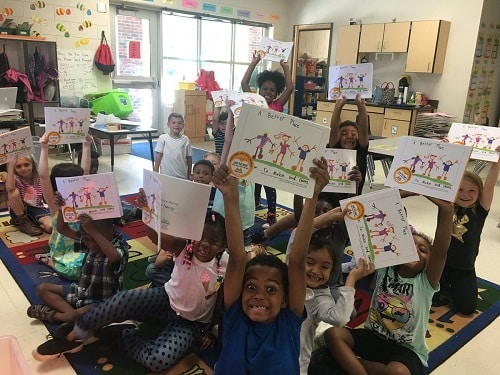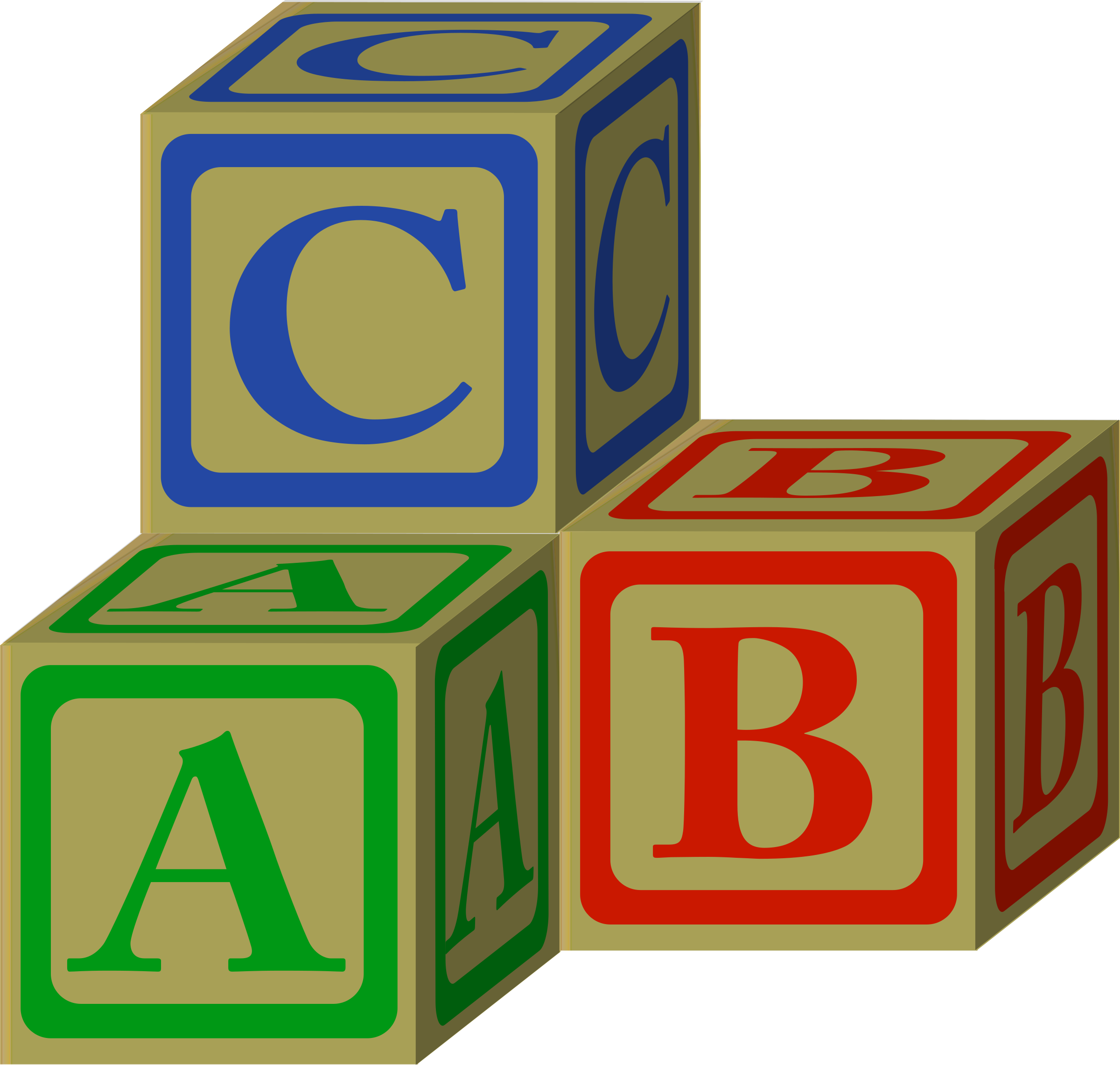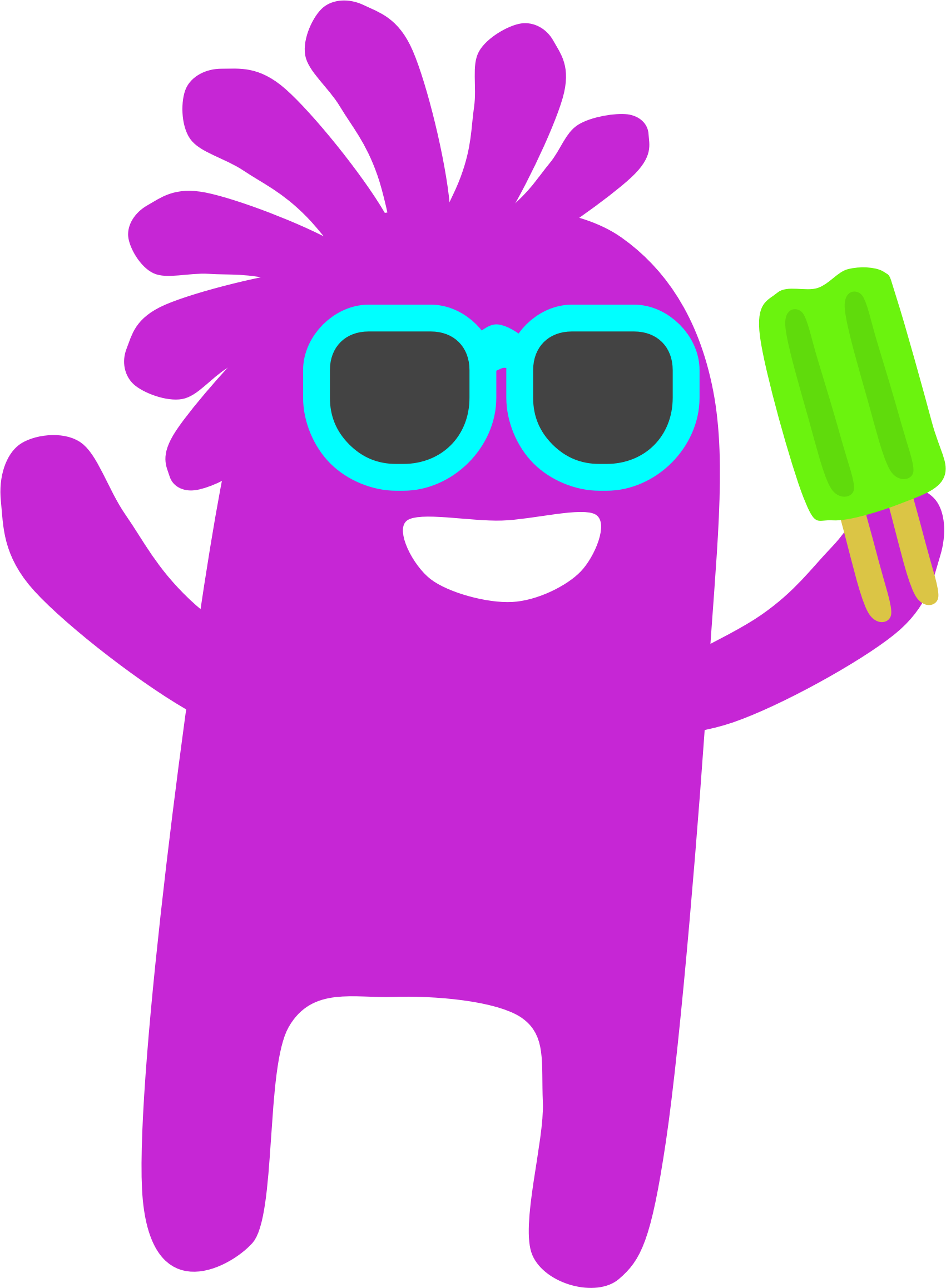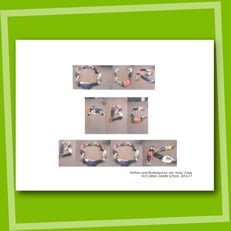 When it comes to learning the alphabet, I tell my students it’s all about practice, practice, practice. I remind them that walking was once something they had to take one step at a time—and now they can jump, skip and run without even thinking about it. Eventually, the letters in the alphabet will be just like that—something they’ll use constantly without even trying.
When it comes to learning the alphabet, I tell my students it’s all about practice, practice, practice. I remind them that walking was once something they had to take one step at a time—and now they can jump, skip and run without even thinking about it. Eventually, the letters in the alphabet will be just like that—something they’ll use constantly without even trying.
One excellent way to motivate your kindergarten students to practice their letters is to make and publish an alphabet book together as a class. It’s an engaging and surprisingly easy project that allows your students to get creative and explore their artistic sides even as they build their writing skills. Here are just a few fun, unique classbook ideas to help you and your students find inspiration for your own alphabet book project!
Idea #1: Give Your Book a Theme
 Add a little creative challenge to your project by introducing the concept of a theme. Choose something simple, like “animals” or “summer,” to make it easier to come up with a full A-to-Z list of related words. This not only makes for a more cohesive book, but also gives your students a great opportunity to push the limits of their imaginations and practice their critical thinking skills. Bonus: Take a themed class photo for your cover image or “About the Author(s)” page to bring the whole effect full-circle!
Add a little creative challenge to your project by introducing the concept of a theme. Choose something simple, like “animals” or “summer,” to make it easier to come up with a full A-to-Z list of related words. This not only makes for a more cohesive book, but also gives your students a great opportunity to push the limits of their imaginations and practice their critical thinking skills. Bonus: Take a themed class photo for your cover image or “About the Author(s)” page to bring the whole effect full-circle!
Idea #2: Explore Letters Big and Small
 When you picture an alphabet book, chances are the letters in your mind are all big and bold capital letters. But what about the little guys? Consider using your classbook project as a chance to get your students to practice using both upper- and lowercase letters. Assign each student one (or more) letter and asking them to come up with not one, but two words that begin with that letter—one that uses the big version, and another that uses the little version. For example, if Sarah is working on a page about the letter “S,” she might choose to use herself, “Sarah,” for one word, and her favorite sport, “soccer,” for the other.
When you picture an alphabet book, chances are the letters in your mind are all big and bold capital letters. But what about the little guys? Consider using your classbook project as a chance to get your students to practice using both upper- and lowercase letters. Assign each student one (or more) letter and asking them to come up with not one, but two words that begin with that letter—one that uses the big version, and another that uses the little version. For example, if Sarah is working on a page about the letter “S,” she might choose to use herself, “Sarah,” for one word, and her favorite sport, “soccer,” for the other.
Are you Enjoying this Content?
Idea #3: Bring Letters to Life
 Learning the alphabet is serious business—but that doesn’t mean it has to be boring! Turn your alphabet classbook into a game of pretend by asking your students to write as if they are their assigned letters. A framed sentence writing strategy is ideal for this project, as students can easily fill in their letters and associated words without roaming too far off-topic. A simple entry for the letter “A,” for example, might read something like, “I am A. I stand for apples, airplanes and avocados.” For even more fun, try taking photos of your students wearing shirts or accessories featuring their letters. Or, follow the brilliant example of Mrs. Hicks’ class and have your students pose for photos together, using their own bodies to create different letters!
Learning the alphabet is serious business—but that doesn’t mean it has to be boring! Turn your alphabet classbook into a game of pretend by asking your students to write as if they are their assigned letters. A framed sentence writing strategy is ideal for this project, as students can easily fill in their letters and associated words without roaming too far off-topic. A simple entry for the letter “A,” for example, might read something like, “I am A. I stand for apples, airplanes and avocados.” For even more fun, try taking photos of your students wearing shirts or accessories featuring their letters. Or, follow the brilliant example of Mrs. Hicks’ class and have your students pose for photos together, using their own bodies to create different letters!
Idea #4: Make Your Own Alphabet Friends
 For a truly imaginative take on the typical alphabet book, throw a bit of fiction into the mix by asking each student to create an imaginary friend whose name begins with their assigned letter. Ask them to write a short line of dialogue from their friend’s perspective that includes another word starting with that letter—something like, “My name is Zed. My favorite animal is a zebra because I like stripes.” Then ask them to draw both their friends alongside their letter.
For a truly imaginative take on the typical alphabet book, throw a bit of fiction into the mix by asking each student to create an imaginary friend whose name begins with their assigned letter. Ask them to write a short line of dialogue from their friend’s perspective that includes another word starting with that letter—something like, “My name is Zed. My favorite animal is a zebra because I like stripes.” Then ask them to draw both their friends alongside their letter.
Publishing Your Kindergarteners’ Alphabet Book
Whatever you choose to do with your class’s alphabet book, make sure you conclude your project by publishing your kindergarteners’ writing. Publishing their work teaches your students about the writing process and about the value of seeing a project through to the end. It’s also a huge confidence-booster and is a great opportunity to increase parent involvement in your classroom. The best part? It’s not even hard.
Using either a free paper publishing kit or an online bookmaker makes organizing your project easy, and all the hard work of printing and binding your book is done for you by professionals. The end result is a professionally bound, beautiful keepsake you and your students will treasure for years to come.
Looking for more great ideas to use in your kindergarten lesson plans? Check out our online teacher’s lounge, and sign up for your free publishing kit today!
Image sources: Lead image via Twitter; Images 1, 2, 3, 4 via OpenClipart.org






